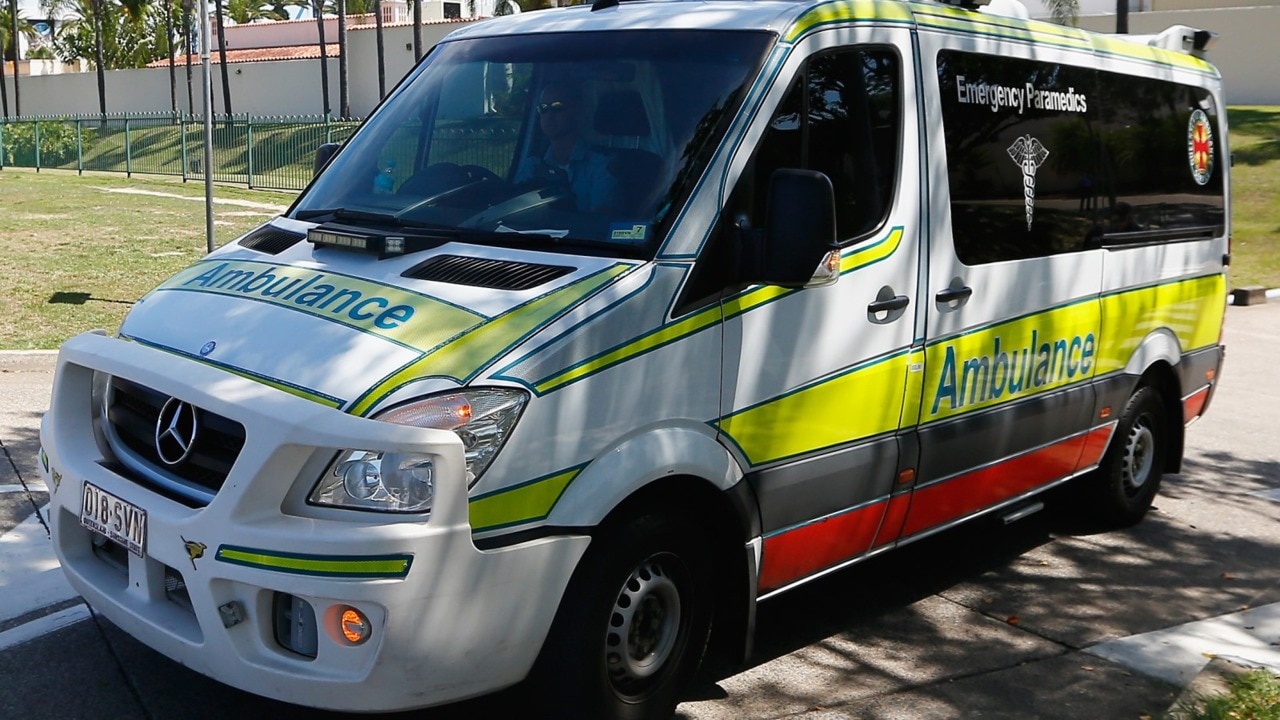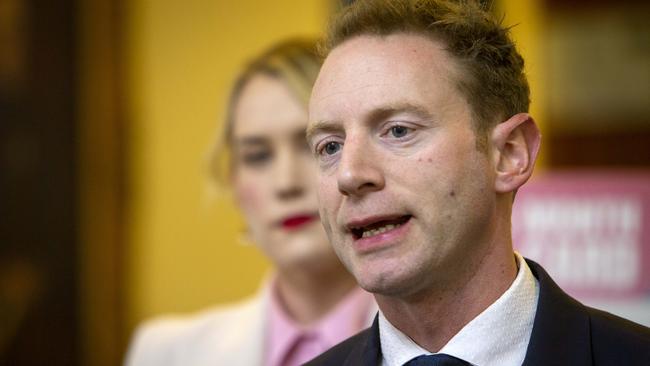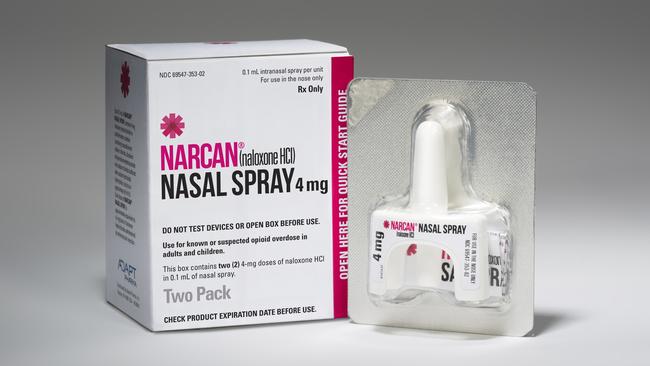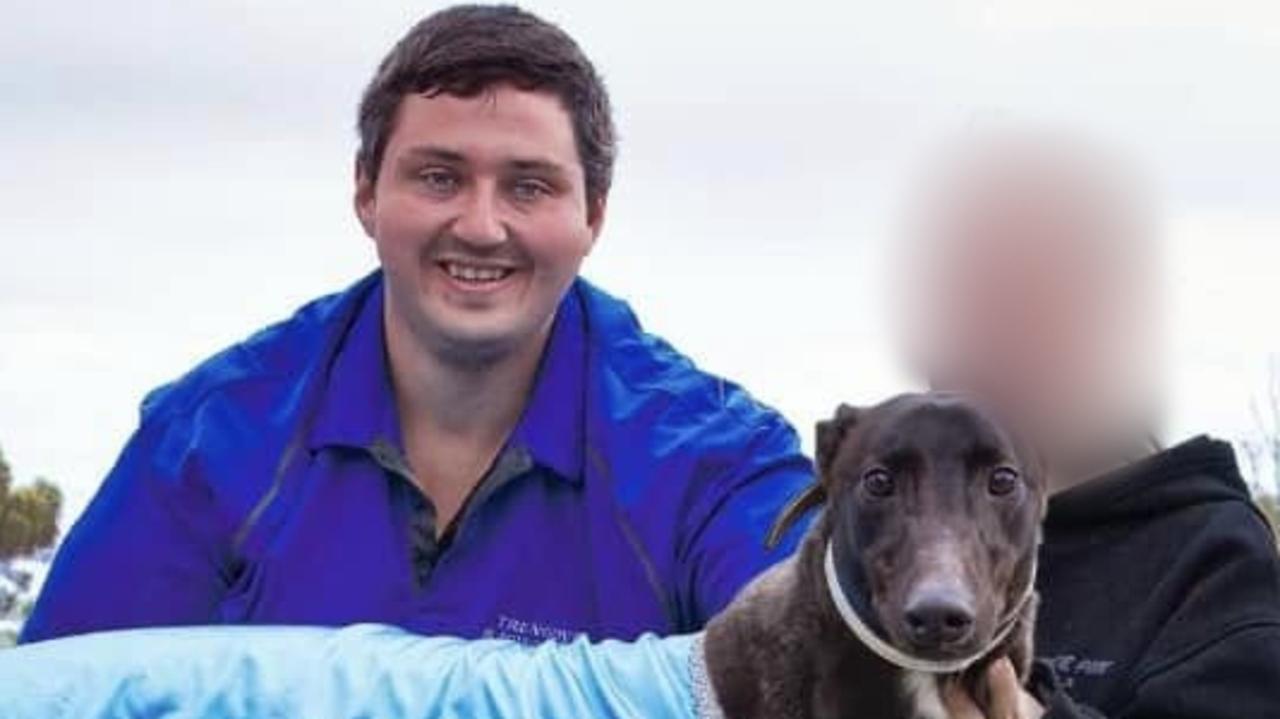Opposition leader David Speirs says ramping on the rise at small hospitals too
The ambulance ramping epidemic that continues to plague the state is now hitting SA’s smaller hospitals as well as its biggest, the Liberals say.

SA News
Don't miss out on the headlines from SA News. Followed categories will be added to My News.
Chronic ambulance ramping is on the rise at smaller hospitals, the Opposition claims, in a move immediately dismissed by the government as old news.
Opposition leader David Speirs said new analysis of data shows ramping at the Queen Elizabeth Hospital soared by 304 per cent to record levels in March compared to February the previous year while at Modbury Hospital it is up 190 per cent and at Noarlunga Hospital 355 per cent.
Health Minister Chris Picton said the government had released the data three weeks earlier and reiterated that long term measures are underway to deal with ramping despite it soaring to record levels since Labor won office.
Mr Speirs noted the ramping figures for March were 3968 hours lost as “sick patients and paramedics spent the equivalent of almost six months stuck on the ramp in just 31 days”.
He pointed to a “concerning new trend” where ambulances were stuck in car parks apart in hospitals from the flagship Royal Adelaide Hospital, Flinders Medical Centre and Lyell McEwin Hospital.

“Peter Malinauskas promised to ‘fix ramping’ but on his watch it is worse than it’s ever been and new data now shows the problem has concerningly spread right across the struggling health system,” Mr Speirs said.
“Before the election Peter Malinauskas wouldn’t go a day without mentioning the word ramping or taking selfies with paramedics, but from the moment Labor won the election all that has changed and it’s clearly not his priority anymore.
“The facts are the facts - Peter Malinauskas is responsible for the worst ramping in South Australia’s history but it now seems he is more interested in rubbing shoulders with celebrities and sports stars than fixing ramping.”
Mr Picton accused Mr Speirs of recycling figures.
“We know the QEH like all our hospitals is under pressure,” he said.
“That’s why over the course of the next 18 months we are bringing on line an additional 150 beds into the system because we know it is so important to create that capacity.
“If patients get stuck in the ED it means patients can’t get into the ED.”
He said the QEH had been desperate for redevelopment but is now moving ahead in “leaps and bounds” including a 60 per cent increase in ED bays and beds.
Mr Picton said he was looking forward the federal budget with hopes of measures to address problems with primary care, in particular bulk billing, where lack of access or gap fees are leaving people with “no option apart from EDs if they can’t get the care they need.”
He noted other state health ministers are eager for federal moves to support primary care to ease pressure on hospitals.
Take home overdose cure
A new free take-home drug program will be the “difference between life and death” for people at risk of opioid overdoses after a trial indicated it saved up to three lives a day, experts say.
Emergency department patients identified as being at risk of an opioid overdose will be given a free dose of the drug naloxone to take home to minimise the risk of an overdose death.
The Take Home Naloxone scheme is a $19.6m federal government initiative being delivered across the country over four years, with Southern Adelaide Local Health Network (SALHN) leading the rollout in South Australia’s public hospital system.
It follows a successful trial in South Australia, NSW and Western Australia between December 2019 and June 2022 that showed naloxone saved up to three lives a day. It works by temporarily blocking opioid drugs such as oxycodone from attaching to the receptors in the brain.
Experts say it can be the decider between life and death in opioid overdose and adverse reaction because it allows time for emergency services to arrive and treatment to begin.
From this week, patients at Flinders Medical Centre and Noarlunga Hospital EDs identified as at risk of an opioid overdose or adverse reaction are being given naloxone free of charge to take home.

It also will be provided on prescription, free, to other eligible patients across SALHN sites including the Repat Health Precinct.
It is available as an injection or nasal spray and can be administered by anyone if the person in need is unable to do it themselves.
In 2020, more than half of the 1654 unintentional drug-induced deaths across Australia involved opioids.
With opioid-related hospital presentations costing the SA health system an estimated $5.6m a year, the program is expected to cut this cost as well as saving lives.
Drug and Alcohol Services SA clinical director Dr Victoria Cock said accidental overdose was a common cause of death among people who used opioid medicines.
“Almost two-thirds of individuals who accessed naloxone from pharmacies during the pilot trial identified as being on prescription opioids,” she said.
“By increasing free access to naloxone through SALHN, we can help stop these accidental overdoses becoming fatal.
“Naloxone can be the difference between life and death and that is why the Take Home Naloxone program is important.”
SALHN chief executive Kerrie Freeman said: “We are proud to be leading the way with the roll out of the Take Home Naloxone program as it can and will help to save the lives of residents across southern Adelaide.”





